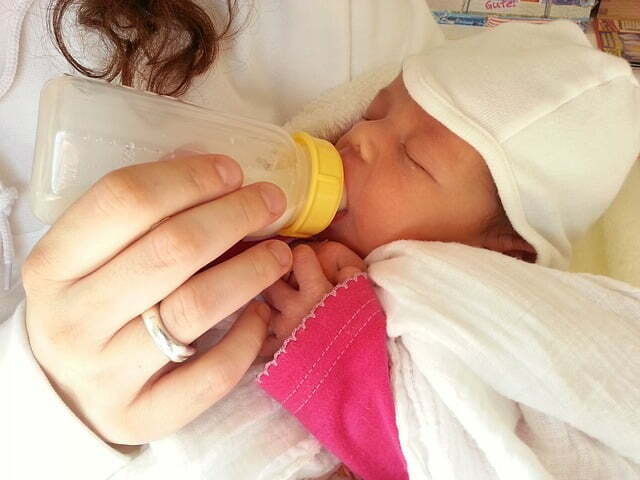 No one expected 27-year-old Simmi Narayan to return to work just a month after delivering her first child – a chubby baby boy. Though her family members insisted she extend her maternity leave to at least breastfeed her baby, Narayan didn’t do so as she had found the solution in a “breast pump”.
No one expected 27-year-old Simmi Narayan to return to work just a month after delivering her first child – a chubby baby boy. Though her family members insisted she extend her maternity leave to at least breastfeed her baby, Narayan didn’t do so as she had found the solution in a “breast pump”.
Every morning, prior to leaving for office, Narayan gets her milk out through the pump and stores it in an attached vessel. As per a schedule she has laid down, either her husband or in-laws feed her baby through the day.
Not for nothing is the breast pump being seen as the solution for the young mothers who would otherwise have to quit their work to look after their newborns babies but also during health conditions that prevent them from breast feeding their child.
Describing the breast pump as a mechanical device, Shacchhee Baweja, a lactation consultant in the pediatric and neonatology department of city-based BLK Super Specialty Hospital, told IANS: “It extracts milk from the breasts of a lactating woman. Breast pumps may be manual devices powered by hand or foot movements or electrical devices powered by electricity or batteries.”
“In manual pumps, user’s hand provides all the force to pump out milk. A manual pump can be of three types – bicycle horn type, piston type and handle type. All three are equally good,” Baweja added.
Explaining the electrical breast pump, Bandita Sinha, obstetrtician and gynaecologist at Mumbai-based Fortis Hiranandani Hospital, said its motor also has a battery backup option.
“The electric breast pump should be placed over the nipple and the machine turned on. It will start suctioning the milk into the container attached to the pump,” Sinha told IANS.

She said that extracting milk through a manual pump can take a long time while an electric breast pump can do the job in just 10-15 minutes.
Sinha also advised women to first practise before using a breast pump and take proper measures such as washing hands and gently massaging the breasts before pumping out the milk.
Recent research has found that using massage in addition to a breast pump is correlated with higher milk production.
The study found that mothers who used massage techniques and hand expression more than five times a day on the first three days after birth could increase their milk production in eight weeks.
Experts also said that the milk wouldn’t deteriorate provided it is stored in favourable conditions.
“Breast milk stays fresh at room temperature for three to four hours. But expressed milk that has little bacteria can last for six to eight hours if the room temperature remains on the cooler side. One can refrigerate breast milk for three to five days and freeze it to keep it fresh even longer,” experts said, adding that during travelling, it can be stored in an insulated cooler with ice packs for up to 24 hours.
Rahul Manchanda, gynae-endoscopic surgeon at city-based PSRI Hospital, said: “Though the quality of the stored milk can’t equal to directly breastfed milk, it’s important to remember that for a baby, human milk is the optimal food and is anytime preferable to animal milk, even with its somewhat decreased protective and nutritive capacity.”
“Formula milk, which is dried animal milk, has animal proteins which have the potential to cause short-term and long-term harms to a baby,” Manchanda told IANS.

